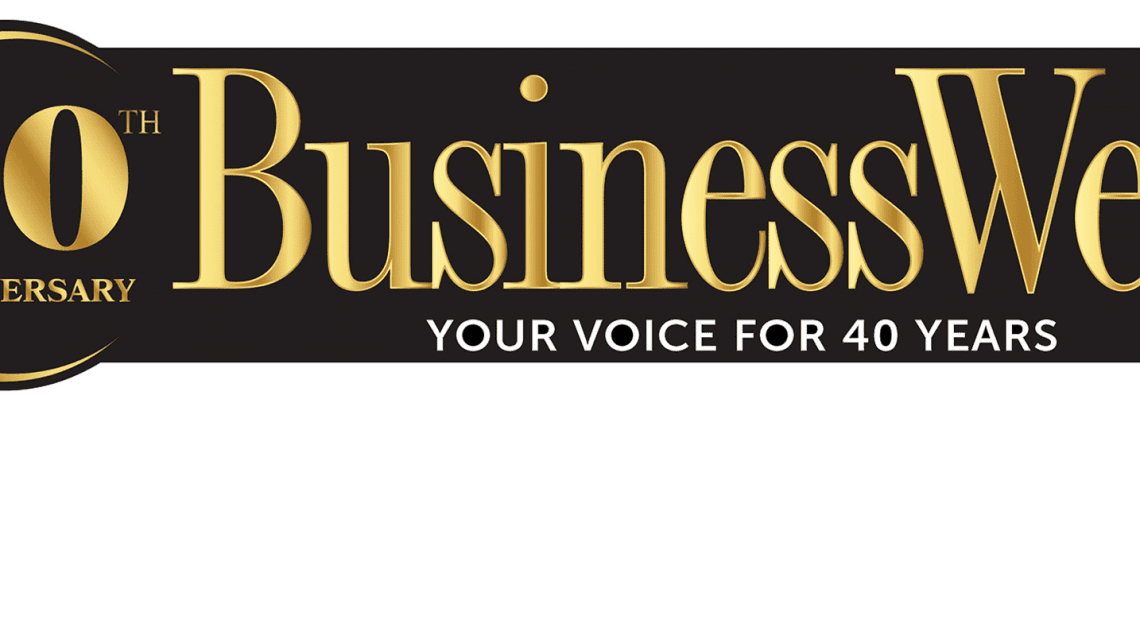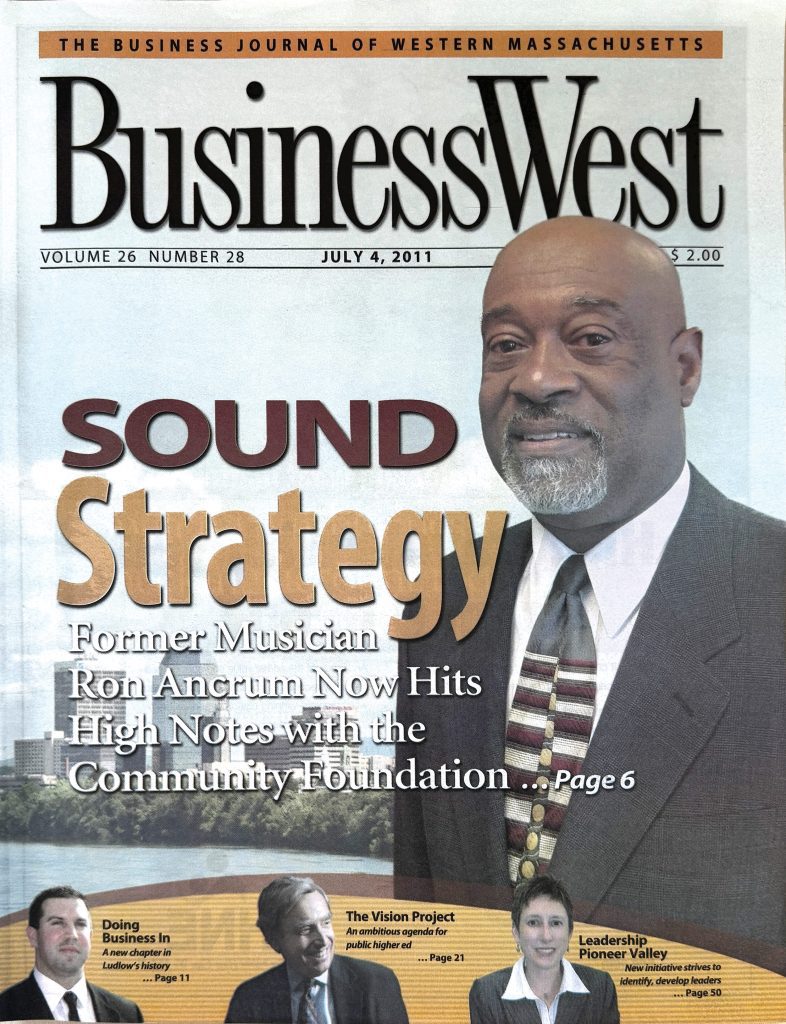
40 Years of Nonprofits
Increasingly, They Operate as an Ecosystem
 The Community Foundation of Western Massachusetts has been funding the work of charities and nonprofits across the region since 1991. And its overriding mission hasn’t changed.
The Community Foundation of Western Massachusetts has been funding the work of charities and nonprofits across the region since 1991. And its overriding mission hasn’t changed.
What has changed, at least recently, is how CFWM accomplishes that mission — specifically, moving away from specifically targeted grants into a more trust-based model. Instead of seeking to put some dollars toward a specific goal, the foundation gives to organizations in a way that puts them at the center of it and allows them to dictate how they want to spend their money.
“It’s a recognition that funders don’t necessarily know what’s best for nonprofits,” said Megan Burke, the organization’s president and CEO. “It’s the people on the front lines who are dealing with constant change in the community who know the best places to use those funds.”
The Community Foundation was moving in that direction before the pandemic, but COVID, and the urgent needs it exposed, really accelerated the process, she explained.
“If we know you have a strong mission, a strong organization, we’ll put the money in your hands and say, ‘use it well.’ We’ll ask afterward how that went, but in the moment, you know what you need to achieve and how to get there.”
Meanwhile, the mission of Square One, which began life in 1883 as Springfield Day Nursery, has in many ways remained consistent for more than 140 years.
“We’re still doing the same type of work, although the world has changed enormously,” president and CEO Dawn DiStefano said. “Children still require care for their parents to go to work. And we’re a company that cares for children and instills confidence in our community that we are a safe, healthy, and high-quality place for young children to learn and be cared for.”
At the same time, she added, much has changed.
“Probably around the time BusinessWest started,” DiStefano said, “we realized something that today is quite obvious — that you can do a lot of work with children all day, but if you’re not in partnership with families and caretakers, you can hinder permanent growth and change. After all, learning happens 24/7.”
Specifically, Square One — it took that name in 2008 to reflect its role as more than just a day nursery, but as a key foundational element in the lives of preschoolers — has made a point over the past few decades to communicate more thoroughly with parents at the start and end of each day about the child’s lessons, experiences, and mood. That way, parents can continue the conversations at home — and, in many cases, start their own, which builds trust between the parents and Square One’s providers.
The organization has gone beyond that level of communication as well, opening a Family Support Services division about 15 years ago, which includes a home visitation program for parents who request it, including specific programs for young, first-time parents and parents in recovery.
Megan Burke
“If we know you have a strong mission, a strong organization, we’ll put the money in your hands and say, ‘use it well.’ We’ll ask afterward how that went, but in the moment, you know what you need to achieve and how to get there.”
“We see ourselves as partners with families,” DiStefano said. “If we can bring out the best in the child and families, they become productive members of our community, and we all benefit from that. We all do better when folks are able to engage in our world.”
Megan Moynihan, CEO of the United Way of Pioneer Valley, said her organization’s goal since its founding 103 years ago as Springfield Community Chest has been to meet the greatest needs of the region, from early education to food insecurity to financial literacy.
“Post-COVID, we did a community assessment to really understand where the needs in the community are, if they had changed or not,” she said, noting that the greatest needs right now run the gamut from basic services, like food, to financial wellness, housing access, and mental-health support.
It meets those needs through its community service centers, where people can access emergency food supplies but also mental-health resources, including a suicide-prevention hotline. There’s also a financial-wellness program called Thrive, a partnership with Holyoke Community College on career training — in fields like culinary arts and medical assisting — and a host of other outreaches.
“Understanding the pulse of the community is the number-one issue that needs to be addressed,” Moynihan said. “It can be mental health tomorrow, but in 10 years, it might solar power and how to transition to that. We know what today’s needs are, but we have to be responsive to those needs, and when community needs change, we have to change, too.”
Come Together
One thing the United Way has done well over time, Moynihan noted, is connecting many resources in the community.
“If someone comes in and they are are housing-insecure, we’ll call one of the outreach workers at Health Care for the Homeless and see what kind of services are out there for them,” she said as one example. “We’ve always been a connector in the community, finding where the needs are and connecting individuals to the services they need. We can’t do the work alone.”
Megan Moynihan
“We’ve always been a connector in the community, finding where the needs are and connecting individuals to the services they need. We can’t do the work alone.”
It’s a philosophy many nonprofits were already moving toward even before COVID — and the way it isolated people and organizations — really laid bare the need to connect and work together as a nonprofit ecosystem.
For example, Burke said, someone might seek job training, but they might also face other barriers to employment, from unreliable transportation to unaddressed health issues, and nonprofits can refer clients to each other to address multiple needs at once.
“A healthy nonprofit ecosystem, made up of nonprofits of all different sizes, is the best way to meet folks’ needs. No single nonprofit can do everything; there are so many different needs,” she told BusinessWest. “So coordination and collaboration with each other is really important.”
DiStefano used the example of connecting a parent of a child at Square One with Way Finders if they’re in need of housing support.
“We serve 1,200 families a year. Most are working one or two jobs, working eight to 12 hours a day, maybe even riding the bus, going to appointments,” she said. “I’m not in the housing business, but I’m not going to say to families, ‘I can’t talk to you about housing.’ That’s a big part of our evolution.
“Society 140 years ago was harsher in its opinion that your family was your business; it really wasn’t the business of social-service agencies or the government to help your family. But as a society, we noted over time that you can ignore problems, but that only costs more money down the line,” DiStefano went on. “The more you can invest in the child, especially between age zero and three, when the brain is doing the most developing, the better off they’ll be. Why not sink every resource we have into making sure the child has the healthiest opportunities in those years?”
The Center for EcoTechnology, which predates BusinessWest by eight years, has certainly been a connector of resources, in its case programs focused on energy efficiency, sustainability, and the environment.
In the years leading up to CET’s founding in 1976, the creation of the Environmental Protection Agency and the establishment of Earth Day saw Americans more focused on environmental concerns, and CET began its work largely in the realm of energy efficiency and home-energy audits. Today, the initial vision is largely intact, but the work has expanded into commercial waste, decarbonization, and recycled building materials.
Dawn DiStefano
“As a society, we noted over time that you can ignore problems, but that only costs more money down the line.”
“We’re still doing energy conservation and energy efficiency. In some ways, we’ve remained true to our origins,” said Ashley Muspratt, the nonprofit’s president and CEO. “But we’ve modernized some of the language and approaches to evolve with the times — for example, shifting the conversation to electrification, which is no longer about just saving energy, but shifting away from fossil fuels to electricity and renewable sources of electricity.”
CET got involved in waste reduction in the 1980s, and that remains a core area of its work today. In addition, it’s more focused now on the question of environmental justice, aiming to ensure that no communities or customer segments are left behind or harmed by the transition to a lower-carbon or no-carbon economy.
“We offer our services in dozens of languages and have made an effort to recruit multilingual staff. We also work with a translation company, so we can provide real-time interpretation on the phone or in the field,” Muspratt added. “We want to make sure we have a staff that reflects and looks like and understands the different communities that we’re trying to serve.”
That hits home for Burke, who noted that the Community Foundation adopted a new strategy a few years ago around diversity and increasing opportunity and equity in the community. To her, that means nonprofits should have staff members that share the lived experiences of clients — not just ethnic background, but, to cite one example, serving people in Franklin County who are living with limited means trying to address all the challenges rural families have.
“Having people on their staff and on their board who may have lived those experiences allows them to develop programs to be more successful,” she noted. “We’ve stressed the importance of organizations really thinking about what perspectives they need on their staff and board.
“And it’s not just so they can feel good or have a great photo that shows diversity; it’s to be more successful in delivering the services they were founded to provide,” Burke went on. “Nonprofits recognize there really is value in incorporating a lot of different perspectives in the work they do.”
Thoughtful Evolution
While focusing their work in a more connected way and dealing with, in many cases, greater levels of need, some the region’s most venerable nonprofits have expanded in other ways.
Square One, for instance, has grown its family childcare program, where children are cared for and learn in home settings instead of one of the organization’s centers.
“I predict, in the next 10 years, we’ll see an explosion of interest in family childcare,” DiStefano said. “Some people, post-COVID, found comfort working from home. It’s a great business opportunity; they can make money, and Square One can help coordinate these services, so we’re supporting businesses.”
At CET, Muspratt said the organization has launched a strategic plan to grow its impact by five times by 2030, because, she noted, that’s what the climate needs, and there is plenty of money at the state and federal level to do the work, as well as private funders.
“More and more philanthropic donors want to support climate work, so that pace of growth is possible,” she said. “This region has always had an environmental bent.”
The organization has grown by 20% each of the past two years, with a staff of 100 that could double if the 2030 goals are hit, she added. “We became a more remote organization during the pandemic, and that has helped us cast a wider net. It’s good to have been able to expand our pool of candidates outside the Western Mass. region, though the majority of our staff are still based in Massachusetts.”
Nonprofits also thrive off volunteers; the United Way’s Volunteer Connect program has been successful at, well, connecting area agencies that need help with people who have time and talent to offer. It’s just one more way, Moynihan said, that nonprofits are operating in tandem.
“Everyone is working hard and chasing the same dollars,” she added, “but if we do it together, do it as a community, the outcome is always better.”








